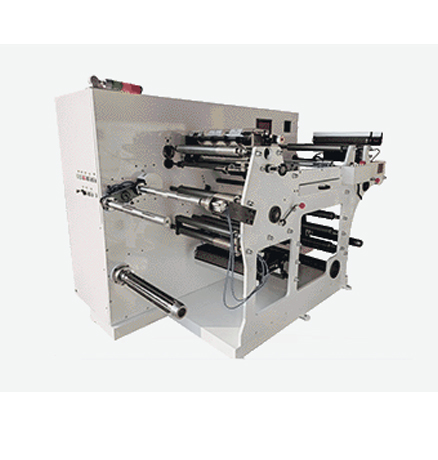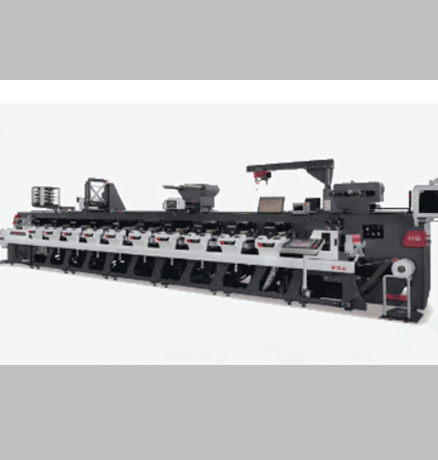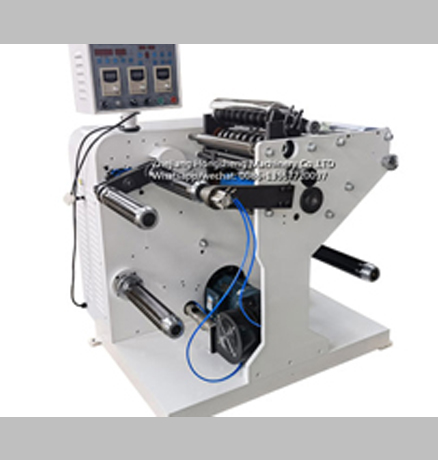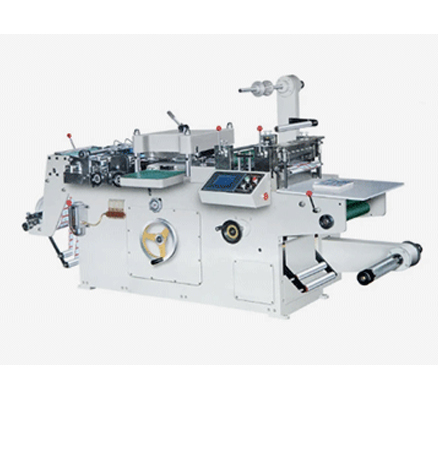In the highly competitive and quality-driven modern packaging industry, the significance of labels cannot be overstated. They serve as the primary means of communication between products and consumers, providing essential information about the contents, usage instructions, and branding. Consequently, the quality and accuracy of labels are of utmost importance. A Label Inspection Machine emerges as a vital technological solution, playing a crucial and indispensable role in ensuring that labels meet the most stringent and required standards.

I. Optical and Imaging Technologies
♦These state-of-the-art machines typically harness the power of advanced optical and imaging technologies.
♦At the heart of their operation lies a sophisticated system of high-resolution cameras. These cameras, often equipped with precision optics and high-speed image capture capabilities, are strategically positioned to meticulously capture detailed images of the labels as they smoothly pass through the designated inspection area.
♦The cameras possess an extraordinary level of sensitivity and detail-recognition ability, enabling them to detect a wide array of aspects with remarkable precision.
This includes scrutinizing the clarity and integrity of printed text, ensuring that each character is sharp and well-defined.
Evaluating the quality and fidelity of graphics, from intricate logos to detailed illustrations.
Examining the readability and accuracy of barcodes, a critical element for inventory management and product tracking.
Identifying the minutest of smudges, scratches, or any other surface defects on the label, which could potentially mar the overall appearance or functionality.
II. Software Analysis
Secondly, the machine's intelligent software takes center stage in the inspection process.
This software, which is often custom-designed and highly adaptable, analyzes the captured images with great speed and accuracy.
It employs complex algorithms and pattern recognition techniques to compare the label's features with pre-programmed templates and a comprehensive set of quality parameters.
It meticulously checks if the text is not only legible but also adheres to the specified font styles and sizes.
Verifies that the colors are precisely calibrated and match the intended brand palette, ensuring consistency across all product labels.
Rigorously assesses the barcode to confirm its scannability and compliance with industry standards.
If any discrepancies, deviations, or defects are detected during this in-depth analysis, the machine is engineered to trigger an immediate alarm, alerting the operators to the issue. Alternatively, it can mark the faulty label in a manner that facilitates its easy identification for subsequent removal or rework procedures.
III. Additional Capabilities
Some advanced Label Inspection Machines also possess enhanced capabilities.
Additionally, these machines may be outfitted with a variety of specialized sensors.
These sensors can detect the presence of multiple layers or unique finishes on the label, such as embossing, foiling, or varnishing.
This added functionality allows for a more comprehensive inspection, ensuring that all aspects of the label's quality and integrity are thoroughly evaluated.
In conclusion, a Label Inspection Machine represents a remarkable fusion of precise imaging, intelligent software analysis, and diverse sensing capabilities. By synergistically combining these elements, it is able to conduct a thorough and exhaustive inspection of labels. Through this meticulous process, it assists manufacturers in maintaining the highest levels of quality in their packaging operations. It acts as a safeguard against costly errors that could result from incorrect or defective labels, such as mislabeled products leading to recalls or customer dissatisfaction. Ultimately, it significantly enhances customer satisfaction by ensuring that the products they receive are not only of top-notch quality but also presented with labels that are accurate, visually appealing, and informative.



GET A QUOTE